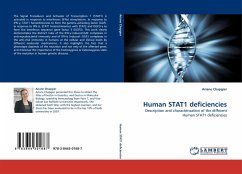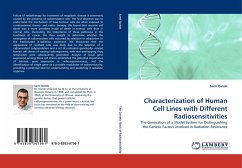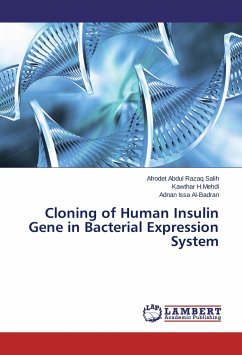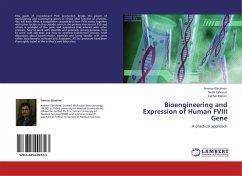The Signal Transducer and Activator of Transcription 1 (STAT1) is activated in response to interferons (IFNs) stimulations. In response to IFN- , STAT1 homodimerizes to form the gamma activating factor (GAF). In response to IFN- , STAT1 heterotrimerizes with STAT2 and ISGF3- to form the interferon sequence gene factor 3 (ISGF3). This work clearly demonstrates the distinct roles of the IFN- -induced-GAF complexes in anti-mycobacterial immunity and of IFN- induced- ISGF3 complexes in the anti-viral immunity in humans at the cellular and clinical levels by different molecular mechanisms. It also highlights the fact that a phenotype depends of the mutation and not only of the affected gene; and moreover the importance of the homozygosis or heterozygosis state of the mutation in human genetic diseases.








